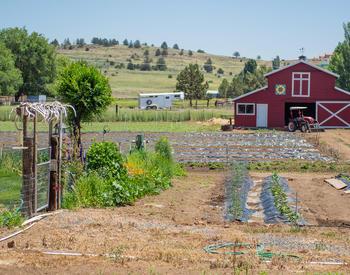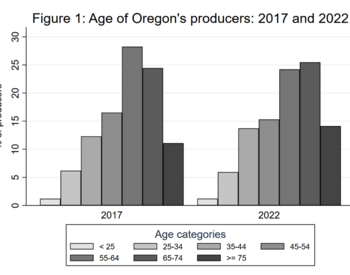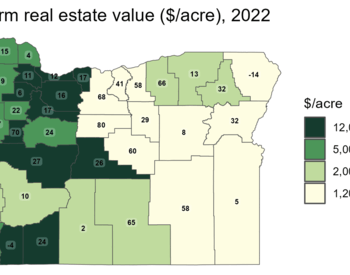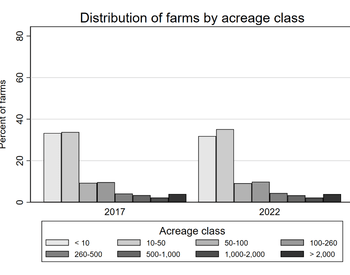What is a social determinant of health?
Social determinants of health encompass the environmental conditions encountered across various life stages, spanning from birth, life, learning, work, leisure, worship to aging. These conditions wield a substantial influence on health, functioning, quality of life and associated risks. The U.S. Department of Health and Human Services categorizes social determinants of health into five domains: economic stability, education access and quality, health care access and quality, neighborhood and built environment, and social and community context.
Exploring individual sectors within the social determinants of health shows the significant impact of broadband connectivity on health care access, economic stability, education quality, neighborhood dynamics and social interactions. Although broadband introduces positive transformations like facilitating telehealth services and promoting community engagement, disparities in its accessibility have the potential to worsen pre-existing health and social disparities.
Health care access and quality
Broadband access enables telehealth services, facilitating remote medical consultations, monitoring, and access to health information. Broadband-supported telehealth bridges geographical gaps and increases health care accessibility, especially for underserved or rural populations. However, limited broadband availability can lead to disparities in accessing virtual medical care, worsening health inequalities. Moreover, broadband-enabled health resources improve health literacy, empowering individuals to make informed decisions and manage their well-being effectively.
Economic stability
Broadband connectivity is a fundamental tool for accessing job opportunities, applying for employment, pursuing remote work and engaging online job training. Without reliable broadband access, individuals and communities can face barriers in accessing job markets, skill development and entrepreneurship opportunities, thereby contributing to economic inequalities and instability.
Education access and quality
As an essential resource, broadband connectivity significantly affects students’ ability to engage in online learning, access educational materials, participate in virtual classes and collaborate with peers and teachers. The absence of reliable broadband can worsen educational disparities, hindering students’ opportunities for academic success and limiting their access to vital information and resources.
Neighborhood and built environment
Broadband's role in health determinants affects neighborhoods by enhancing online access to health information, education and community involvement, fostering a healthier environment. Moreover, broadband access can stimulate economic development and job opportunities, leading to improved neighborhood infrastructure and amenities. However, areas lacking reliable broadband face disparities in accessing these benefits, potentially perpetuating health and social inequities within neighborhoods.
Social and community context
Reliable broadband connectivity enhances communication, engagement and access to social support networks, thereby strengthening community ties. It facilitates virtual interactions, enabling people to participate in online groups, share health-related information and access community resources. However, limited broadband availability can isolate individuals, limiting their engagement and access to essential community services, exacerbating social disparities.
Sources
- Benda, N. C., Veinot, T. C., Sieck, C. J., & Ancker, J. S. (2020). Broadband Internet Access Is a Social Determinant of Health! American Journal of Public Health, 110(8), 1123–1125.
- Early, J., & Hernandez, A. (2021). Digital Disenfranchisement and COVID-19: Broadband Internet Access as a Social Determinant of Health. Health Promotion Practice, 22(5), 152483992110144.
- U.S. Department of Health and Human Services. (n.d.). Priority Areas - Healthy People 2030. Health.gov.
- U.S. Department of Health and Human Services. (2020). Social Determinants of Health. Healthy People 2030; Office of Disease Prevention and Health Promotion.

















